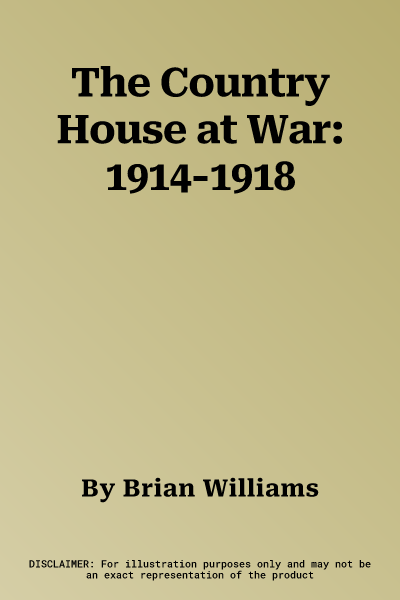Brian Williams
(Author)The Country House at War: 1914-1918Paperback, 1 October 2014

Temporarily out of stock
Free Delivery
Cash on Delivery
15 Days
Free Returns
Secure Checkout

Part of Series
Pitkin Guides
Print Length
32 pages
Language
English
Publisher
History Press (SC)
Date Published
1 Oct 2014
ISBN-10
1841655139
ISBN-13
9781841655130
Description
Product Details
Author:
Book Format:
Paperback
Date Published:
1 October 2014
Dimensions:
22.28 x
17.4 x
0.74 cm
ISBN-10:
1841655139
ISBN-13:
9781841655130
Language:
English
Pages:
32
Publisher:
Series:
Weight:
145.15 gm